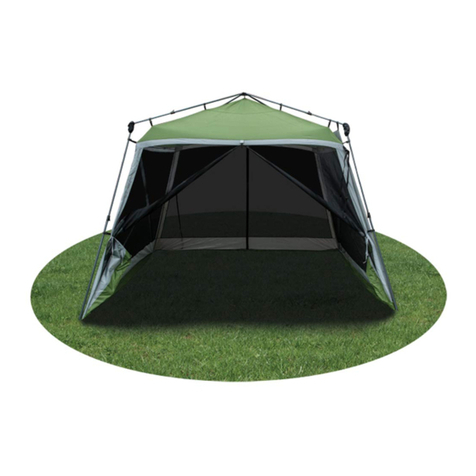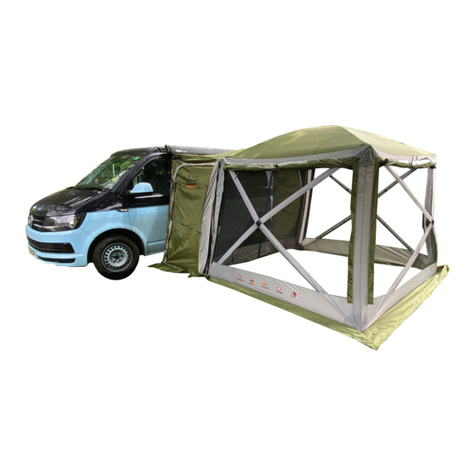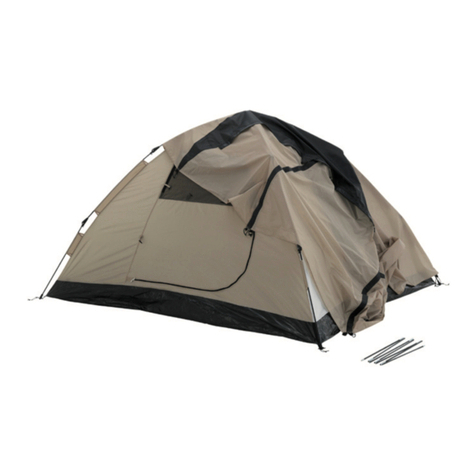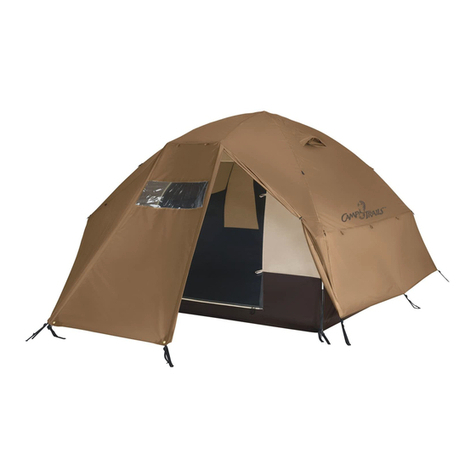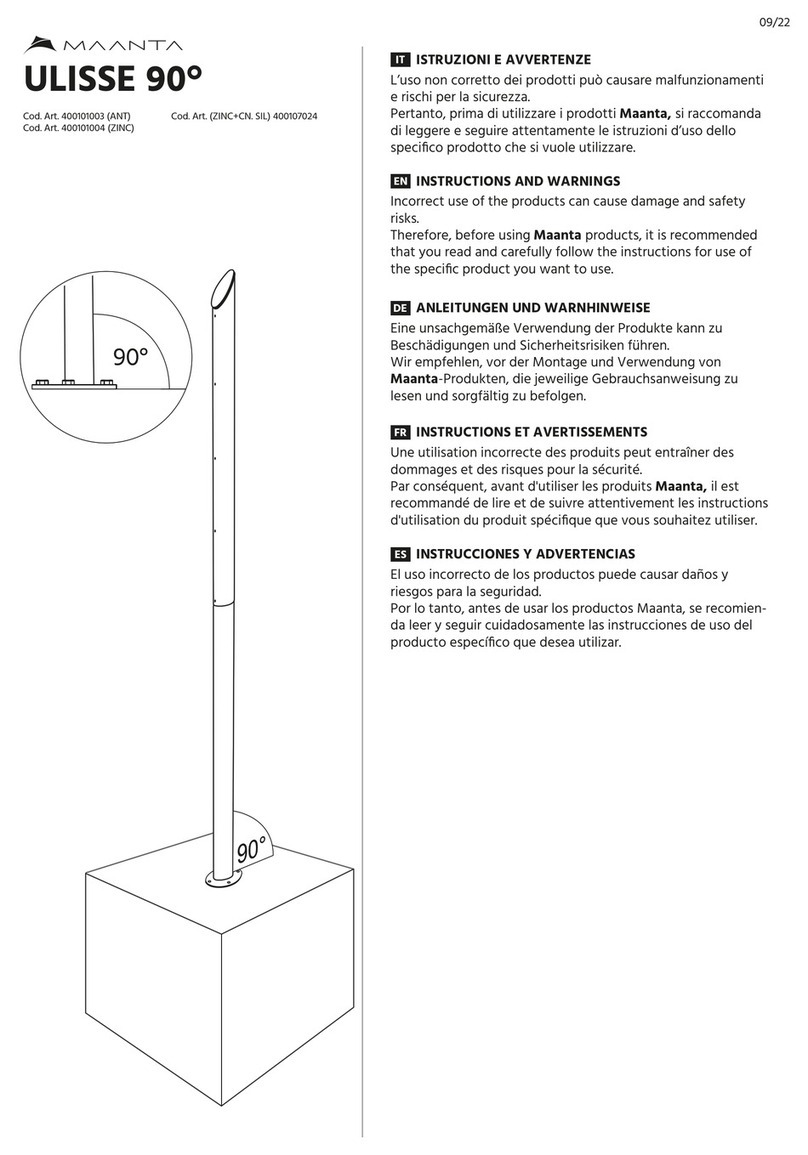
Page: 6
Nest Shelter (poled) instructions
Page: 7
Nest Shelter (poled) instructions
Warranty Claim
• In the unlikely event of a warranty claim, you must contact your retailer.
• Take the product to your retailer that you purchased it from along with your proof of purchase and explain the issue with the retailer.
• You will be required to fill out a warranty form at the retailers once you have been though the issue with the retailer.
• The retailer will then check the product and get in touch with the wholesaler or manufacturer.
• The retailer will keep you informed of the progress of the claim.
The wholesaler or manufacturer will not (unless under special circumstances) get in touch with you as all information will be passed back directly to the retailer.
Warranty Information
• This product comes with a full 12 month manufacturers defect warranty and covers any manufacturers defects for one (1) year from the date of the original
purchase. It does not cover any damage occurred though:
• The product falling or being dropped.
• The product has been technically changed by the owner or another third party
• Improper use of the product and normal wear and tear, which includes fading and degradation of seams.
• The aected part will be replaced or repaired (manufacturers option) if they are found to be defective within the one (1) year time frame.
• The warranty will be void if the product has been subject to neglect, misuse, improper installation, misapplication, alteration or accident including, but not
limited to, improper installation, maintenance or use of unauthorised parts or attachments.
• Damage caused by not following the instruction manual in full will invalidate the warranty, if this results in consequential damages, Quest will not be liable
for these damages or any costs incurred due to these damages.
• Quest will not be liable for material damage or personal injury caused by improper use or if the safety instructions are not properly executed in full.
• All claims must be made though the retailer you purchased the product from and not direct with the wholesaler or manufacturer.
• Warranty claims cannot be honoured without an original dated receipt and or proof of purchase.
• By executing repairs the original warranty period of (1) one year will not be extended, nor the right to a complied new warranty. This warranty is only legal
on European soil. This warranty does not overrule the European directive 2011/83/EU.
• This product may not be amended or changed.
Warranty
Your nest shelter warranty details.
